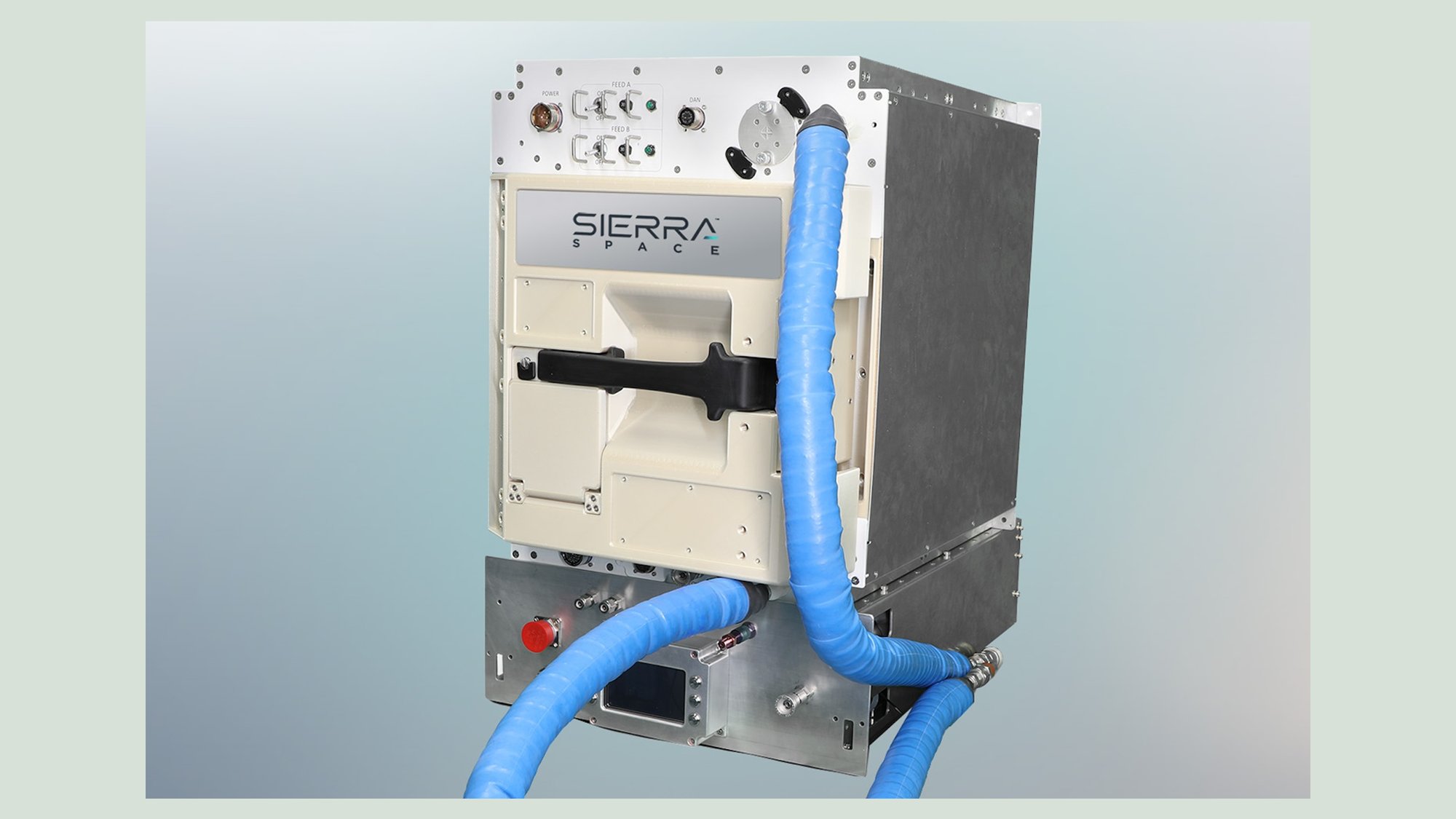
NASA will test a state-of-the-art trash compactor aboard the International Space Station—and yes, it resembles a certain Pixar character tasked with the same job responsibilities. If all goes well, Sierra Space’s Trash Compaction and Processing System (TCPS) will be operational for ISS astronauts to use by the end of 2026.
Humans generate a lot of trash, even when living in highly restrictive environments like the International Space Station. In fact, four astronauts aboard the ISS can collectively produce the equivalent of 47 shopping carts’ worth of garbage in a year. This issue is a big enough headache for limited-term stints in orbit, but waste recycling will be even more critical once we establish the first permanent lunar base—and potentially even travel to Mars one day.
Sierra Space—currently best known for its surprisingly satisfying inflatable space station module stress tests—announced its TCPS machine a little over a year ago with an eye to send a prototype up in 2025. It’s hard not to see a bit of WALL-E in the overall design, which currently consists of an off-white receptacle cube and multiple blue hose nozzles. While the timeline was slightly delayed, it’s clear both the company and NASA still intend to test TCPS as soon as possible.
“Long-term space travel requires the efficient use of every ounce of material and every piece of equipment. Every decision made on a spacecraft can have far-reaching consequences, and waste management becomes a matter of survival and mission integrity in the vacuum of space,” Sierra Space CEO, Tom Vice, said in a statement on Wednesday, adding that, “Efficient, sustainable, and innovative waste disposal is essential for the success of crewed space exploration.”
[Related: Starliner astronauts are watering plants and fixing urine pumps on ISS.]
As it stands, existing waste systems in space are okay for reducing at least some volume of a crew’s generated trash, but they fall far short of what’s needed for long-term missions. Not only that, but they still can’t reclaim any water for future use—another vital necessity that’s at a premium when away from Earth. Sierra Space’s TCPS is designed to tackle both those hurdles, and its tenure aboard the ISS will be the company’s first chance to demonstrate it in an actual orbital setting.
TCPS hinges on a component called a catalytic oxidizer (CatOx) that is designed to handle the volatile organic compounds (VOCs) and other byproducts generated in build-ups of garbage. Compared with other VOC removal methods such as thermal incineration, the CatOx is reportedly more energy efficient and safer, and needs minimal crew oversight to function.
Anything from packaging waste, to food leftovers, to containers, to simple everyday trash can be loaded into the TCPS, at which point the garbage is heated, sterilized, and compressed into small, flat tiles (again, not unlike WALL-E). During this process, any exuded gas and moisture is subsequently collected, cleaned, or filtered depending on the need. Previous tests indicate TCPS can remove 99.8-percent of methane without generating any harmful carbon monoxide byproduct, as well as recover as much as 98-percent of water from trash. Once completed, the small tiles of compressed and sterilized waste can be easily stacked and stored, or even used for additional external radiation shielding.
Sierra Space says it recently completed its system design and review earlier this year, which it then presented to NASA for additional analysis. It’s currently finalizing a TCPS Ground Unity for even more testing in the coming months, followed by the construction of a Flight Unit destined for the ISS.

